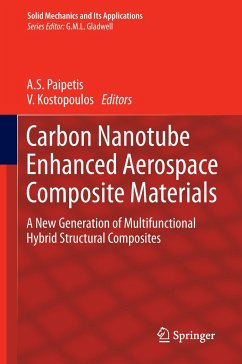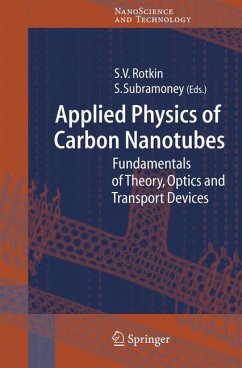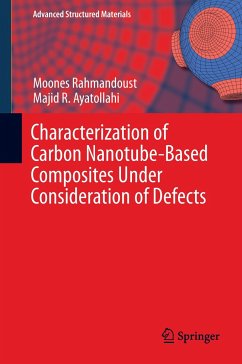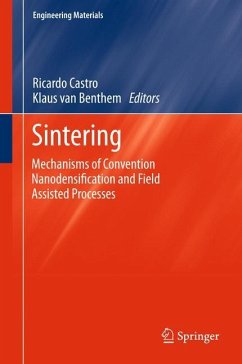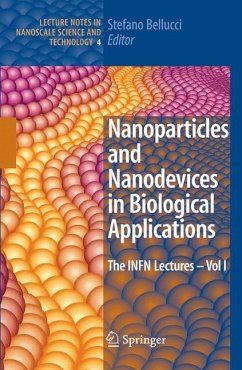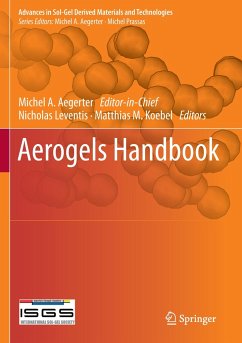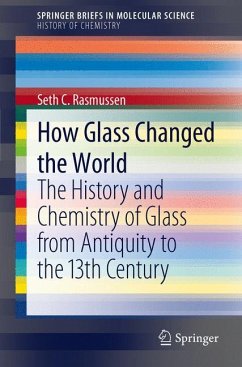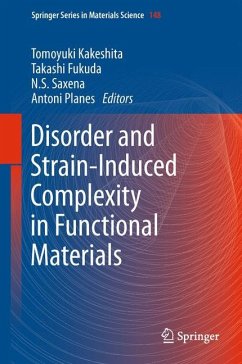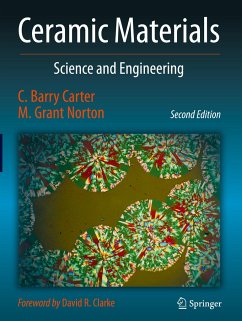
Nanowelded Carbon Nanotubes
From Field-Effect Transistors to Solar Microcells
Versandkostenfrei!
Versandfertig in 6-10 Tagen
76,99 €
inkl. MwSt.
Weitere Ausgaben:

PAYBACK Punkte
38 °P sammeln!
This book introduces a novel ultrasonic nanowelding technology of carbon nanotubes (CNTs) to metal electrodes and its application for CNT devices. It will be of interest to graduates, scientists and engineers working on CNTs and related topics.
The discovery of multiwalled carbon nanotubes(CNTs) in 1991 and the subsequent discovery of single-walled CNTs in 1993 have led to a worldwide excitement to explore their fundamental properties and potential device applications. A sing- walled CNT is structurally a sheet of graphene rolled into a seamless tube, which possesses a diameter of the order of a nanometer but a length thousands of times greater. The large aspect ratio and small cross section size make it nearly an ideal, quasi-one-dimensionalsystem, which has provided a concrete context for chemists, physicists,andengineersto collaborativelyworktogetherin the?eld ofnanoscience and nanotechnology. As a result of such efforts in the last two decades, superior electrical, optical, and mechanical properties of CNTs have been theoretically p- dicted and experimentally demonstrated. The unique material properties of CNTs have made it interesting for a variety of applications. For example, depending on the orientation of its graphene lattice relative to the nanotube axis, the CNT can be either metallic or semiconducting. This property makes the material interesting for developing not only nanoscale semiconductor devices but also a new interc- nect technologyto competewith the state-of-theart copperinterconnecttechnology. The property has also imposed yet-solved challenges in the ?eld. For example, one of the major challenges that holds CNTs back from electronic application is how to produce pure all-semiconducting CNTs, based on which a device that can be effectively turned off can be built.





